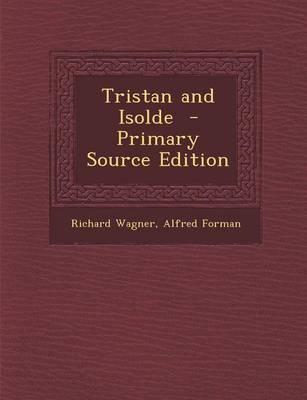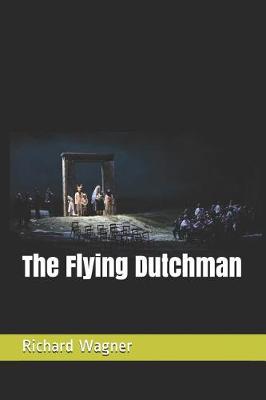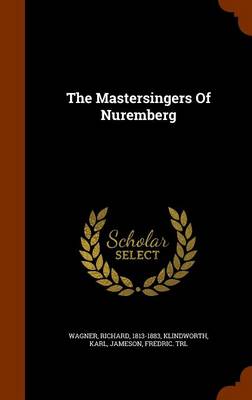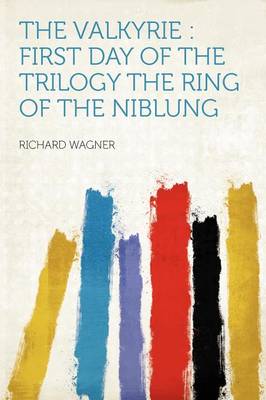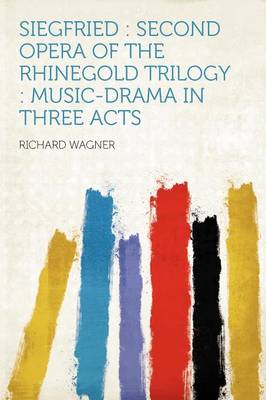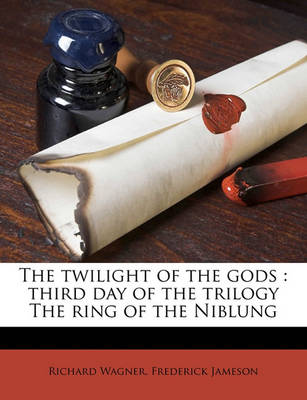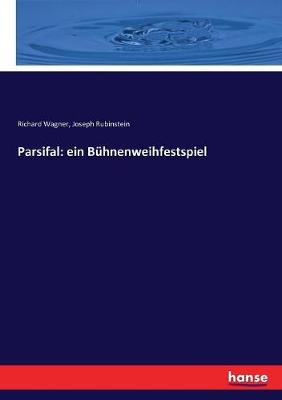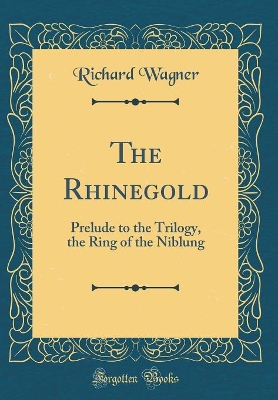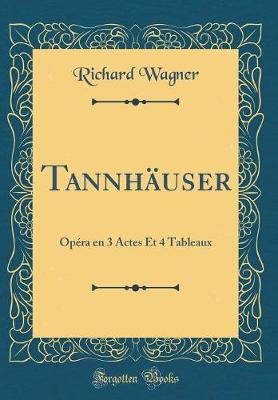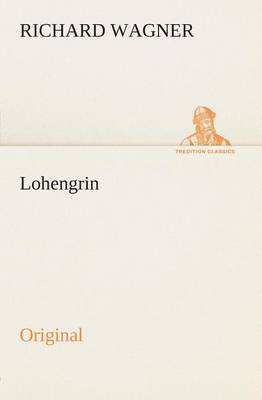English National Opera Guide
10 primary works
Book 6
Book 12
Book 19
The Mastersingers of Nuremberg
by Richard Wagner, Klindworth Karl, and Jameson Fredric Trl
Book 21
Book 28
Book 31
Book 34
Book 35
The Rhinegold: Prelude to the Trilogy, the Ring of the Niblung (Classic Reprint)
by Richard Wagner
Book 39
Contents: 'Tannhauser' - an Obsession, Mike Ashman; Tanhusaere, Danheuser and Tannhauser, Stewart Spencer; Wagner's Most Medieval Opera, Timothy McFarland; Orpheus and the Underworld: The Music of Wagner's 'Tannhauser', Carolyn Abbate; Tannhauser: Poem by Richard Wagner; Tannhauser: English translation by Rodney Blumer
Book 47
Contents: Wagner's 'Alter Ego', John Deathridge; Wagner's 'Lohengrin': between Grand Opera and Musikdrama, Thomas S. Grey; History, Women's History and beyond History in 'Lohengrin', Janet L. Nelson; Lohengrin in Brabant, Jacob and Wilhelm Grimm; Lohengrin: Poem by Richard Wagner; Lohengrin: English Translation by Amanda Holden
